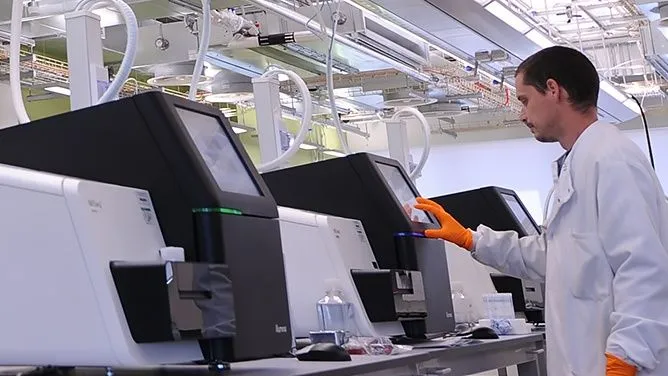While most initial studies of human genetic variation focused on individual nucleotide sequences, it is nowadays clear that Copy Number Variations (CNVs) play a central role in the genetic variability and although many of these events do not affect phenotype, others have been definitively linked with rare and complex disease.
When we talk about Copy Number Variations we mean genetic alterations that involve the variation of the number of copies of a DNA fragment, which may include one or more genes.
The size of a CNV event usually exceeds 50 base pairs and such types of genomic variations include Copy Number Loss (or Deletion) and Copy Number Gain (or Duplication) to indicate the decreased and increased number of copies of a gene or genomic region respectively.
The study of copy number variations is a relatively new area of genetic research but despite being demonstrated to be unexpectedly common throughout the human genome only in 2004 [1,2], human CNVs affect more base pairs than other forms of mutation [3] and more than 7 Million of them have been cured to date [4].
Did you know that about 10% of our genome is subject to CNVs?
CNVs are non-randomly distributed in our genome [5], occurring more frequently towards centromeres and telomeres, and the latest technological advances have tremendously improved our ability to detect them.
Surely there is a lot more to do on this side as different platforms (array or NGS) or different assays (panels, exome or genomes) can lead to different results, in particular in terms of reported sizes and resolutions for identical CNVs, but understanding the impact of CNVs on the genome is quite more complex.
The Challenge
Determining the potential clinical significance of rare CNVs is an emerging and challenging field. The main challenge is to differentiate between neutral CNVs and those which instead may affect vital biological functions and therefore result in a pathology.
CNVs can be pathogenic because of various molecular mechanisms, including for example gene dosage, gene disruption, gene fusion and position effects (e.g. through the insertion or deletion of regulatory elements) that can cause Mendelian diseases or be associated with complex diseases.
Public databases as Clinvar, dbVAR and Decipher report several pathogenic Copy Number Variations: this information however can be used to check the pathogenicity of a minority of CNVs detected in one patient, in particular if sequenced with NGS, and an ad-hoc interpretation is needed for the remaining ones.
In this context, technical standards for CNV classification have been recently published by ACMG and ClinGen [6], introducing a semiquantitative point-based scoring metrics as support for pathogenicity assessment. Because of the process complexity, CNV manual interpretation is time consuming and error-prone.
Therefore, its integration in clinical practice requires an automatic implementation of the proposed guidelines to solve reproducibility issues and to allow consistent results between inter and intra laboratory reports.
Interpretation Process
In order to improve the variant interpretation process of our users, we expanded our eVai platform with automated CNV interpretation capability based on ACMG/ClinGen guidelines. Alongside SNVs and INDELs, eVai is now able to process the CNVs reported in a VCFs, and classify them according to these international guidelines.
This functionality aims to further improve the diagnostic yield of NGS based tests: SNVs or INDELs do not always lead to a clear diagnosis and CNV analysis might be the key to solve the diagnostic odyssey for patients affected by hereditary disorders thus having huge effects on them and their families.




